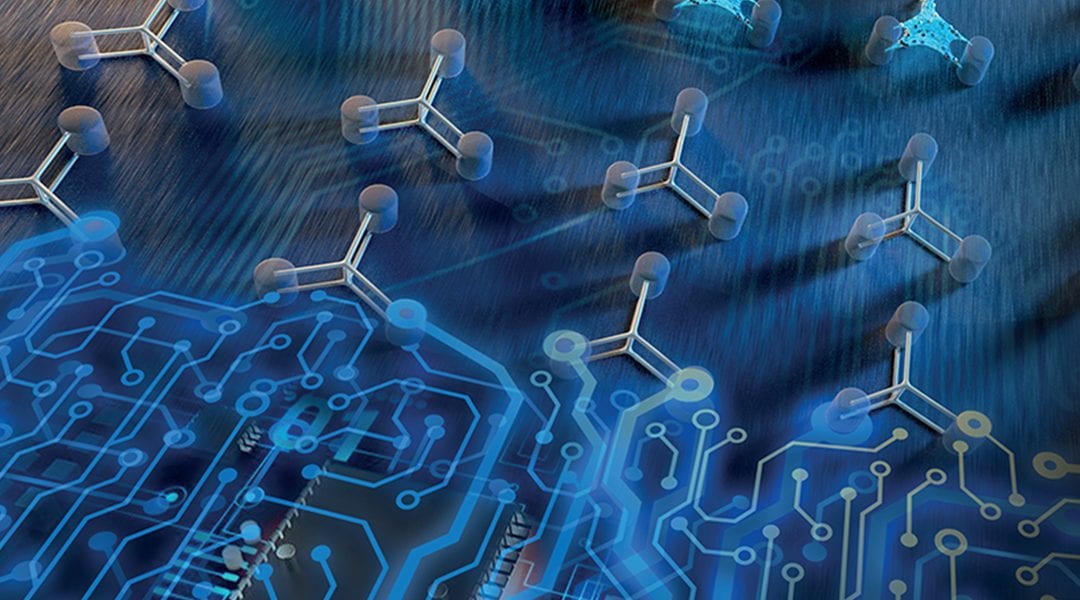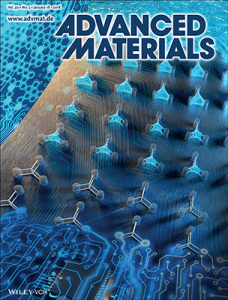Current methods for 3D microfabrication include versatile methods such as fused deposition modeling, selective laser sintering, stereolithography. These methods are based on layer-by-layer processes that possess limitatons, especially in the variety of materials that can be used. Moreover, exposure shadowing and vertical growth of current 3D printing processes can produce only microarchitectures, and restrict patterning areas.
A goal of continuous 3D fabrication is to achieve whole construction throughout a 3D space. Towards this goal, 1D and 2D patterned arrays have been achieved through self-assembly in liquids. However, a gap exists in the production of 3D nanomaterial architectures by self-assembly methods.
Fengyu Li, Yanlin Song, and co-workers have published a fabrication technique that produces 3D nanoresolution multicomponent architectures. Their 3D self-shaping strategy integrates heterogeneous and homogeneous organic and inorganic nanomaterials.

Scanning electron microscopy (SEM) images of various materialsproduced by this 3D self-shaping strategy (top), insets showing the nanoparticles aggregation. The as-prepared Arabic number pattern in 3D (bottom). More information here.
The team was able to fabricate micro and nanoarchitectures under the control of surface energy minimization. Whereby, production of functional designs in a one-step process was achieved.
This simple, yet effective strategy provides a method for the manufacture of complex micro and nanodevices, by making it easier to create sophisticated architectures. 3D circuits were produced using this method, showing promising for using such a strategy in the production of 3D functional devices.
For more information, please read the original research published here.


















